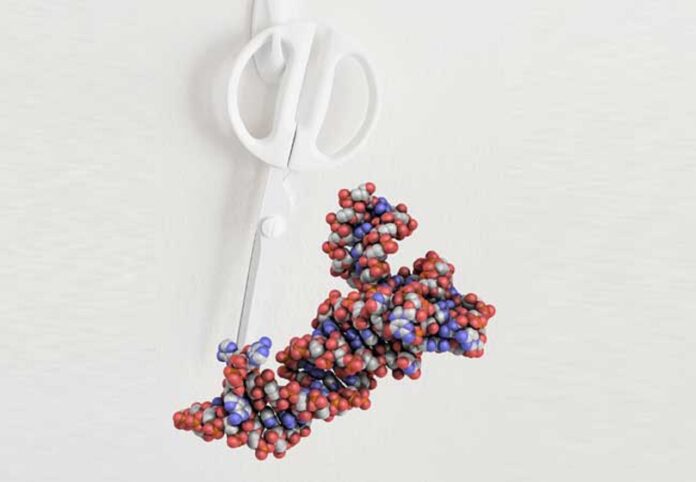Transfer RNA (tRNA) is an essential biomolecule in living organisms that plays an important function in protein creation. tRNAs are synthesized from precursor molecules in a series of processes. One stage in this process is catalyzed by the enzyme tRNA splicing endonuclease (TSEN), among other things.
TSEN mutations cause neurodegenerative illnesses such as pontocerebellar hypoplasia, associated with severe impairments and premature mortality. TSEN’s function has been inferred from its structure by Goethe University Frankfurt and Johannes Gutenberg University Mainz researchers, paving the door for the search for active compounds against this condition.
Transfer RNAs are formed by converting precursor tRNAs (pre-tRNAs) into mature tRNAs with a complicated three-dimensional structure. TSEN accomplishes this function in humans, and the enzyme RNA kinase CLP1 binds directly to TSEN. Suppose TSEN and CLP1 are unable to connect owing to a genetic mutation. In that case, tRNAs cannot assemble correctly, resulting in neurodegenerative illnesses such as pontocerebellar hypoplasia.
Researchers at the Julius-Maximilians University of Würzburg and the Institute of Biochemistry at Goethe University Frankfurt used cryo-electron microscopy (cryo-EM) to disclose the three-dimensional structure of a TSEN/pre-tRNA complex.
For the first time, the researchers demonstrated how TSEN interacts with the L-shaped pre-tRNA, excises the intron from the L’s extended arm, and recognizes both the short and long arms and the angle between them.
According to the findings, the TSEN subunit 54 (TSEN54) is important in pre-tRNA recognition. The component acts as a “molecular ruler” by measuring the distance between the long and short arms of the L, deciding when the pre-tRNA must be cleaved to remove the intron.
According to discoveries on their interaction, CLP1 binds to an unstructured and flexible area of TSEN54, which contains an amino acid often mutated in patients with pontocerebellar hypoplasia. This suggests that future medication development should prioritize maintaining the interaction between TSEN and CLP1.
The scientists expect that the structural data will allow them to simulate models used to find potentially active chemicals. TSEN’s structure provides a good platform for understanding how TSEN functions and the illness patterns of its mutations.
Journal Reference:
- Sekulovski, S., Sušac, L., Stelzl, L.S. et al. Structural basis of substrate recognition by human tRNA splicing endonuclease TSEN. Nature Structural & Molecular Biology. DOI: 10.1038/s41594-023-00992-y
- Hopper, A.K., Zhang, J. Captured: the elusive eukaryotic tRNA splicing enzyme. 10.1038/s41594-023-00995-9
